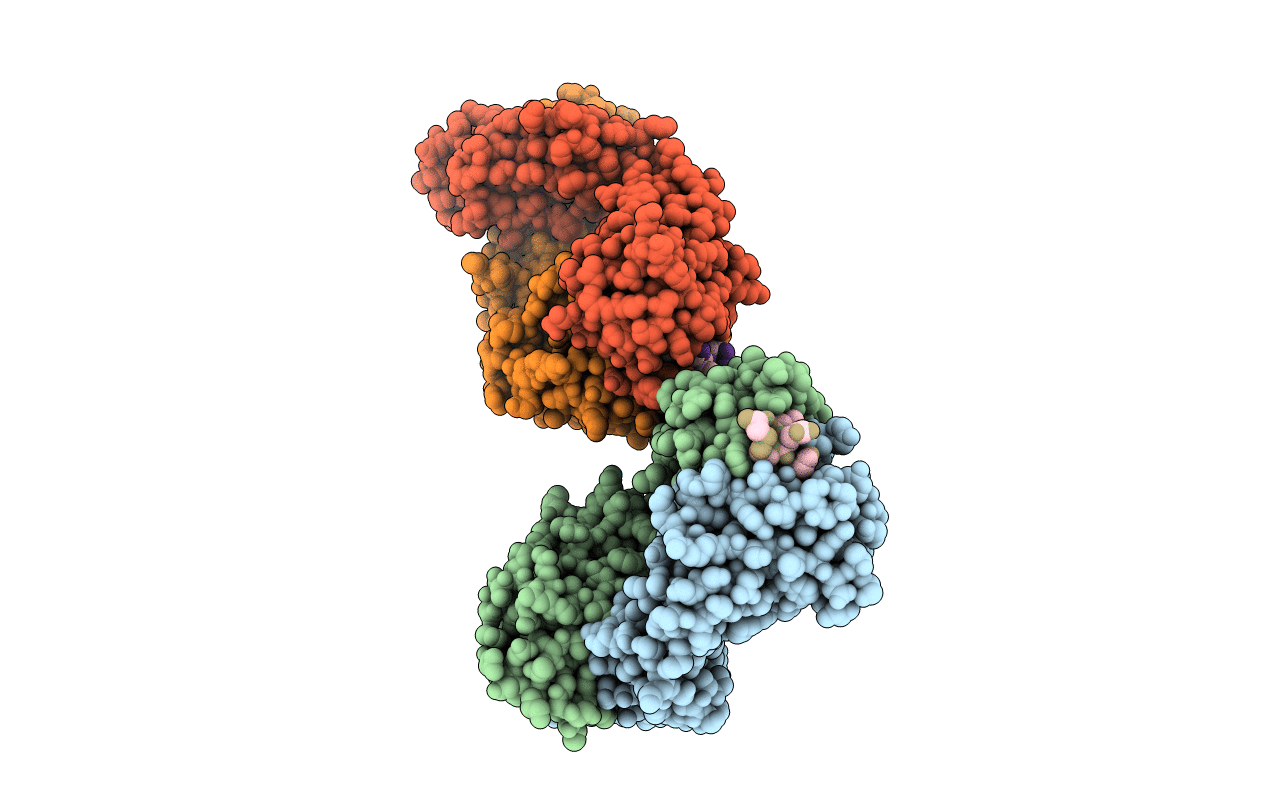
Deposition Date
2016-12-14
Release Date
2017-12-20
Last Version Date
2024-11-06
Entry Detail
PDB ID:
5WTT
Keywords:
Title:
Structure of the 093G9 Fab in complex with the epitope peptide
Biological Source:
Source Organism:
Homo sapiens (Taxon ID: 9606)
Mus musculus (Taxon ID: 10090)
Mus musculus (Taxon ID: 10090)
Host Organism:
Method Details:
Experimental Method:
Resolution:
2.70 Å
R-Value Free:
0.27
R-Value Work:
0.22
R-Value Observed:
0.22
Space Group:
P 1 21 1


